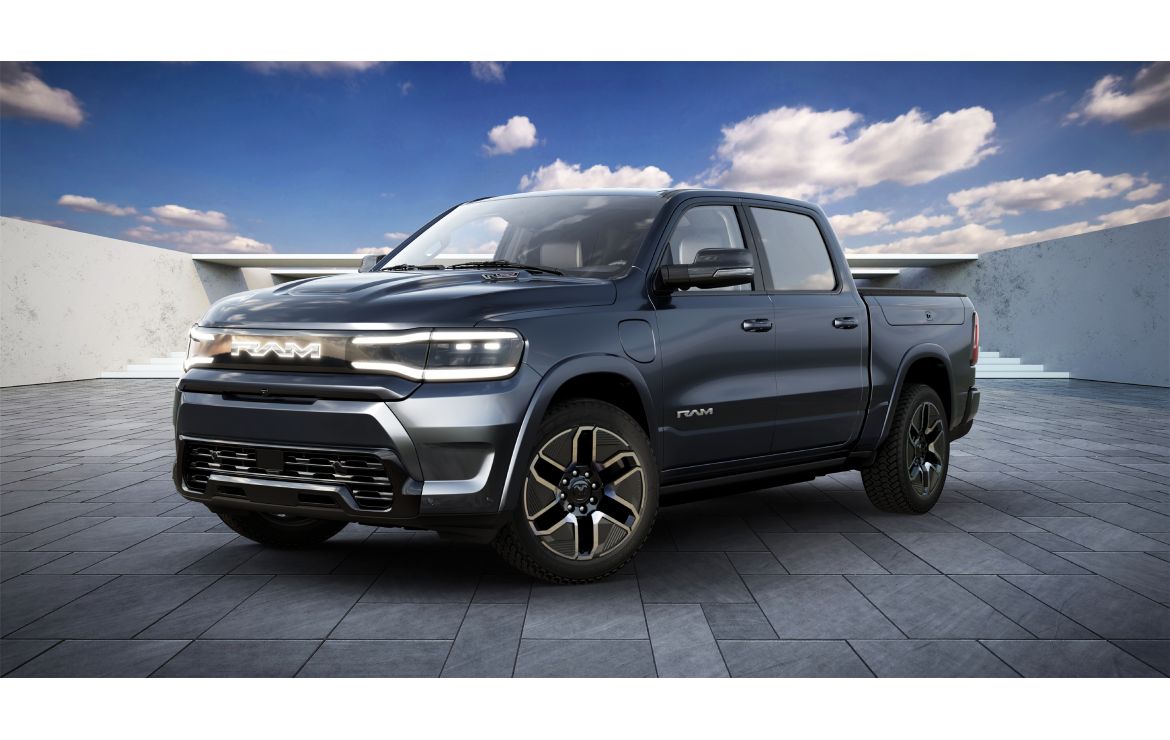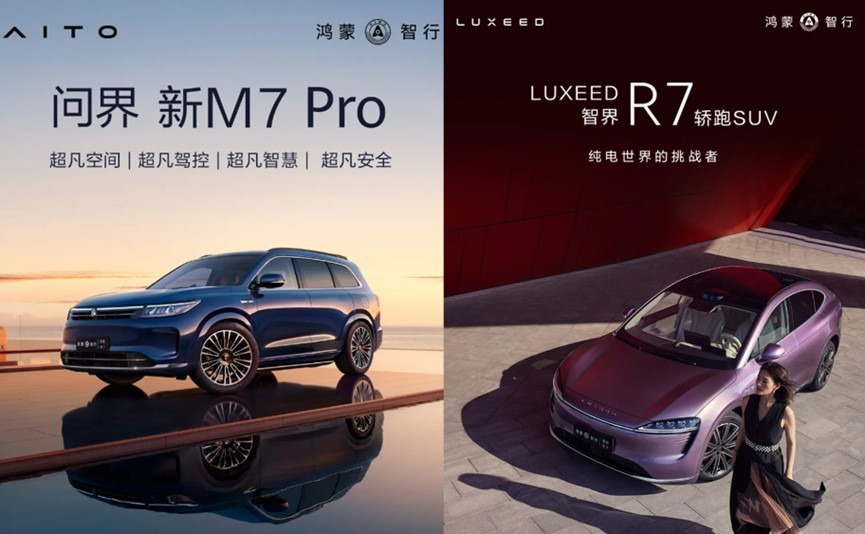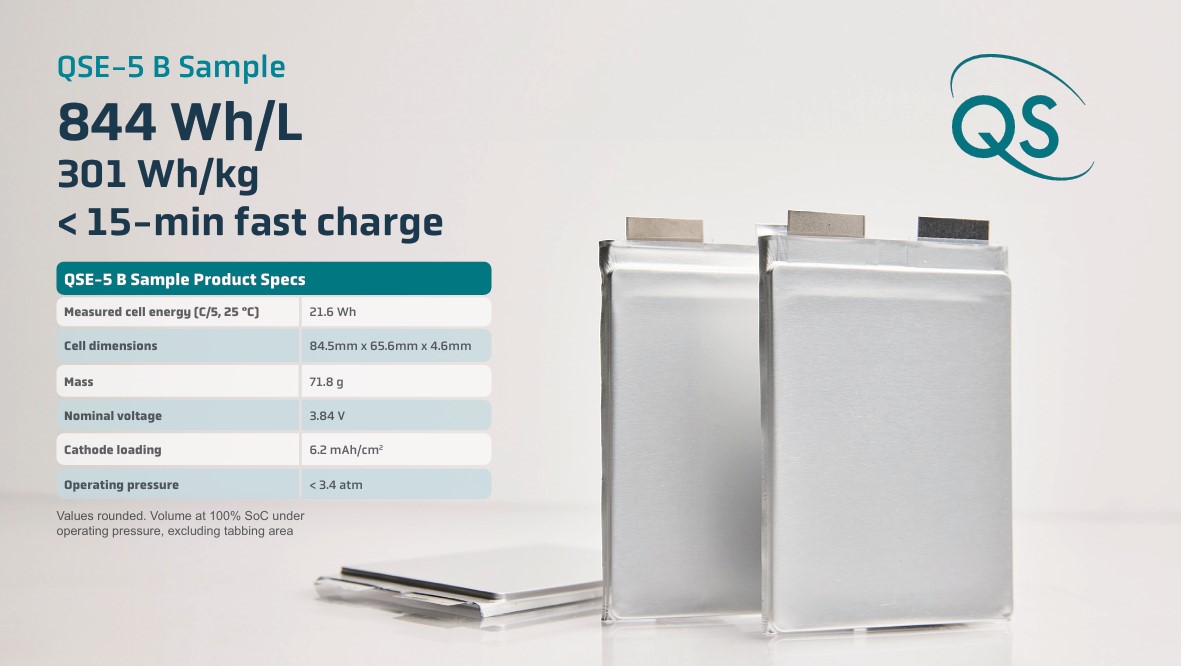Stellantis N.V. announced on September 11 that it will invest over $406 million in three of its Michigan plants to develop a platform capable of producing both electric and hybrid vehicles.
The Sterling Heights Assembly Plant (SHAP) will receive an investment of $235.5 million to retool the facility, enabling it to produce the battery-electric version (BEV), range-extended version (REEV), and internal combustion engine version (ICE) of the popular light-duty pickup truck, the Ram 1500, all on the same assembly line. This marks Stellantis's first U.S. plant to manufacture fully electric vehicles.
The company will also invest approximately $97.6 million to retool the Warren Truck Assembly Plant (WTAP), adding the electric version of the Jeep Wagoneer to its internal combustion engine product lineup.
Furthermore, $73 million will be invested in the Dundee Engine Plant (DEP) to enable the assembly, welding, and testing of battery trays for the STLA Frame platform architecture and the machining of the front and rear beams for the STLA Large platform architecture, supporting the production of the company's recently launched car, crossover, and SUV models. Details include:
1. Sterling Heights Assembly Plant (SHAP)
The Ram 1500 REV, Stellantis's first battery-electric light-duty pickup truck set to launch by the end of 2024, will be produced alongside the all-new range-extended 2025 Ram 1500 Ramcharger and the internal combustion engine version at the Sterling Heights plant.
The Ram 1500 REV electric pickup is built on the new STLA Frame architecture, specifically designed for full-size electric vehicles with a body-on-frame design. It features an all-new high-strength steel frame composed of advanced materials that are lightweight yet stiff and durable. The STLA Frame is wider in the middle to efficiently incorporate the battery pack while still utilizing the protection offered by the frame rails. The REV will offer a range of up to 500 miles with the optional 229 kWh battery pack and up to 350 miles with the 168 kWh battery pack.
The 2025 Ram 1500 Ramcharger range-extended electric pickup offers 663 horsepower, 615 lb-ft of torque, a 0-60 mph time of 4 seconds, a towing capacity of 14,000 lbs, and no need for public chargers. It features a 92 kWh battery pack, paired with an on-board 130 kW generator, powering the 250 kW front and 238 kW rear electric drive modules (EDMs). The vehicle will also implement vehicle-to-everything (V2X) technology, allowing the Ram 1500 Ramcharger to charge another Stellantis battery-electric vehicle or supply power back to the grid.
2. Warren Truck Assembly Plant (WTAP)
The retooling of the Warren Truck Assembly Plant (WTAP) will facilitate the production of future electric Jeep Wagoneer models, one of four Jeep EVs that the brand will launch globally before the end of 2025. Electric models will be manufactured on the same production line as the ICE versions of the Jeep Wagoneer and Wagoneer L, as well as the Jeep Grand Wagoneer and Grand Wagoneer L.
3. Dundee Engine Plant (DEP)
The Dundee Engine Plant (DEP) will begin production of battery trays for the STLA Frame platform architecture and the front and rear beams for the STLA Large platform architecture in 2024 and 2026, respectively.
These new components will be manufactured alongside the GME-T4 EVO, launching later this year, and the new 1.6-liter I-4 turbocharged engine with direct fuel injection and flexibility for hybrid-electric vehicle (HEV) applications, which will launch in 2025.
The company states that these investments are part of its Dare Forward 2030 strategic plan. Stellantis's Dare Forward 2030 plan commits to investing over €50 billion in electrification over the decade, aiming for a 100% BEV passenger car sales mix in Europe and a 50% BEV sales mix for passenger cars and light-duty trucks in the United States by 2030. To achieve these sales targets, the company is building out approximately 400 GWh of battery capacity and aims to become a net-zero carbon emission corporation by 2038.






